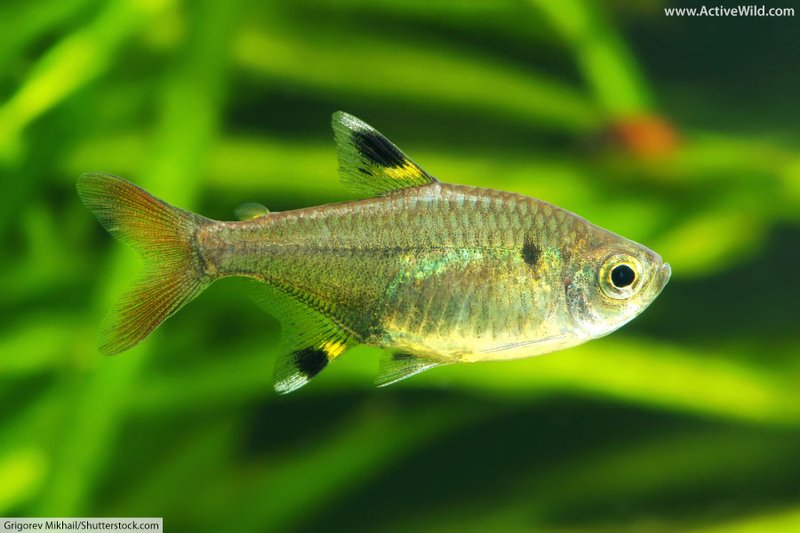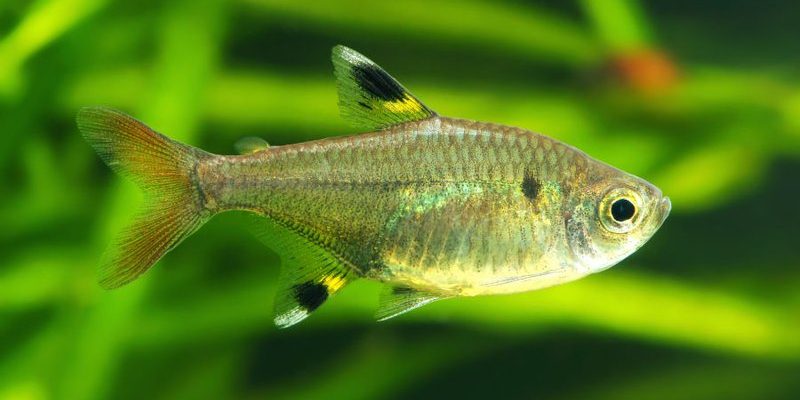
When we talk about where X-Ray Tetras are found, it’s like turning the pages of an adventure book. These fish originate primarily from the rivers and streams of the Amazon Basin in South America, not from the ocean depths like many might assume. So, let’s dive in and explore their habitat, the different ecosystems they call home, and what makes their environment so special.
The Amazon Basin: The Heart of X-Ray Tetras’ Habitat
Honestly, if you want to understand where X-Ray Tetras thrive, the Amazon Basin is where the magic happens. This vast area is a complex network of rivers, streams, and floodplains. The water here isn’t just any water; it’s rich with nutrients and has a unique mix of acidity and temperature that suits these little fish just perfectly.
In the Amazon, X-Ray Tetras typically stay in shallow waters, often near floating plants and submerged roots. You might think of it as a bustling city for fish, where they find shelter and food. Small insects, detritus, and plant matter form a buffet that these tetras can’t resist. Imagine hovering around a local café with your friends, enjoying good food and conversation—that’s what it’s like for these fish in their natural habitat.
Moreover, the river’s ebb and flow create a dynamic environment. During the rainy season, the rivers swell and spread into forests, allowing X-Ray Tetras to explore new territories. As they navigate through these varied environments, they adapt, making them hardy little swimmers despite their delicate appearance.
Characteristics of X-Ray Tetra Habitats
Let me explain why the characteristics of their habitat are crucial for X-Ray Tetras. First off, the waters in the Amazon are soft and acidic, which means they’re less likely to stress the fish. This is especially important for the health of these creatures. Just as you wouldn’t feel comfortable in an environment that’s too cold or too hot, X-Ray Tetras thrive in the right conditions—around a pH of 6.0 to 7.0.
You might be wondering what else shapes their living conditions. The presence of plants like Java moss and floating surface plants provides not only food but also safety from predators. These plants create a cozy atmosphere where X-Ray Tetras can dart around freely, mirroring the playful energy you might see in a game of tag.
Additionally, the water in their habitat is often stained with tannins from decaying leaves and wood. This doesn’t only color the water but also adds other benefits. The natural environment filters harmful substances and supports a healthy ecosystem, allowing fish like X-Ray Tetras to flourish within it.
Finding X-Ray Tetras Outside the Amazon
Don’t be surprised if you come across X-Ray Tetras in places outside their native Amazon Basin. These fish have made their way into numerous aquariums around the world due to their popularity. You’ll find them in home tanks, pet stores, and even public aquariums.
It’s important to note that while they can thrive outside their natural habitat, they still need conditions that mimic what they would find in the wild. If you’re setting up a tank, keeping the water soft and slightly acidic is key. Adding live plants and maintaining a stable temperature that mirrors the Amazon will help these fish feel at home.
When considering where X-Ray Tetras live in a domestic environment, think of it as re-creating their Amazon home. If you stray too far with water conditions or ignore plants and space, you’ll find your little swimmers struggling to adapt. So, while they can be found in tanks across the globe, remember that they do best when we aim to mimic their natural habitats as closely as possible.
The Role of Rivers and Streams in the Tetra’s Lifestyle
Rivers and streams do more than just house X-Ray Tetras; they shape their lifestyle and behavior. These fish are naturally social creatures, often found swimming in small schools. Think of it as a friendship group sticking together for safety. When residing in rivers, they often swim close to one another, helping to protect themselves from predators.
In their natural habitat, these fish can exhibit interesting behaviors. For instance, when water levels rise or fall, they instinctively adjust their social behavior. You might find them clustering together more tightly during low water levels for safety. This adaptability highlights their resilience and instinctive nature.
Also, the current in rivers plays a role in their activity. With gentle flows guiding their movement, X-Ray Tetras develop strong swimming skills. You can imagine them dancing through the water, elegantly navigating the currents. When kept in an aquarium, providing a similar flow can encourage natural behaviors that keep them healthy and happy.
X-Ray Tetras and Environmental Changes
Here’s the thing: environmental changes, like deforestation and pollution, threaten the delicate habitats of X-Ray Tetras. As rivers are dammed or cleared, the water conditions can alter drastically, pushing these fish towards extinction in those areas. That’s a heavy reflection on how our actions can impact such beautiful creatures.
Habitat destruction disrupts their food sources and breeding grounds. As the waters become more polluted, not only do X-Ray Tetras suffer, but entire ecosystems can start to collapse. Think of it as a chain reaction where one change can lead to another, spiraling out of control. Protecting their natural habitats isn’t just about saving one species; it’s about preserving a whole web of life.
Conservation efforts are crucial, focusing on restoring riverine habitats and regulating pollution levels. As aquarists, becoming more aware of our fish’s natural environments can lead to better care and advocacy for their wild counterparts.
In summary, X-Ray Tetras thrive in the rich, complex waterways of the Amazon Basin, where they find shelter and food in a vibrant ecosystem. By understanding where they are found—in rivers and streams and even in our fish tanks—we can appreciate their delicate beauty and the role they play in the environment.
As we continue to enjoy these sparkling little fish at home or in aquariums, let’s remember the importance of protecting their natural habitats. By supporting conservation efforts and encouraging sustainable practices, we can help ensure that future generations can also marvel at the wonders of the X-Ray Tetra in the wild. So let’s cherish and protect these remarkable fish for years to come!

